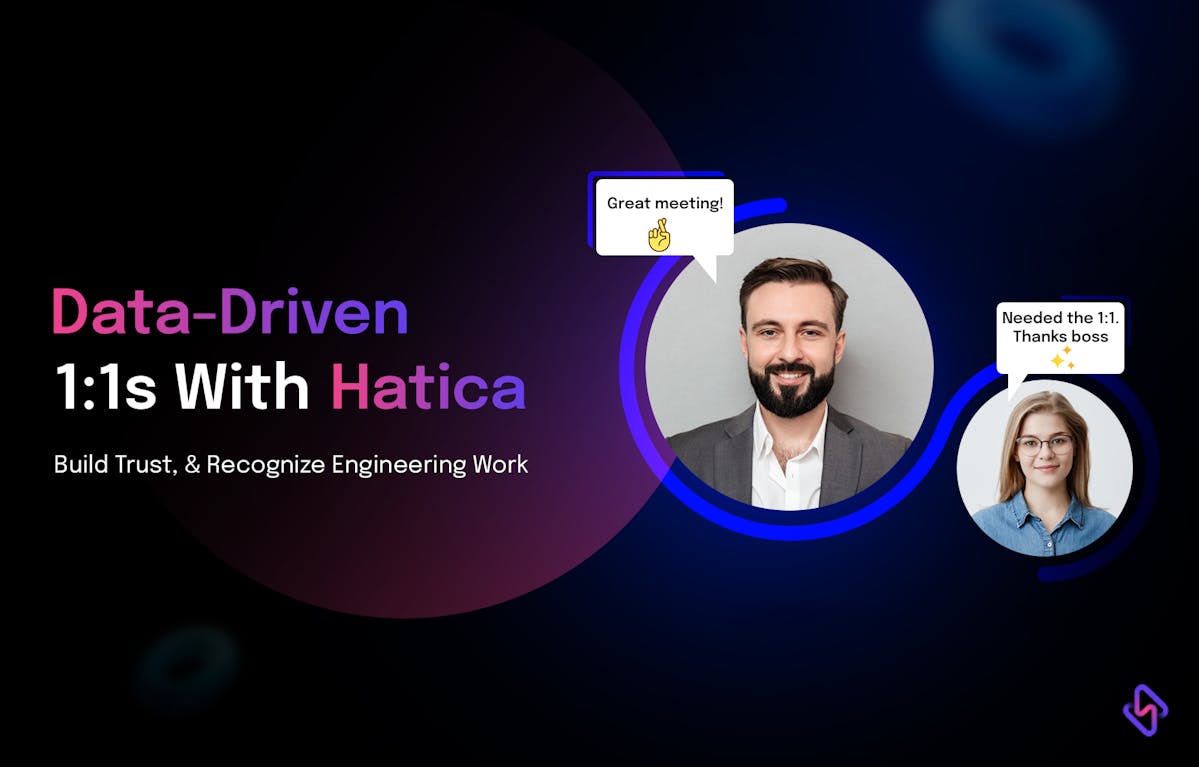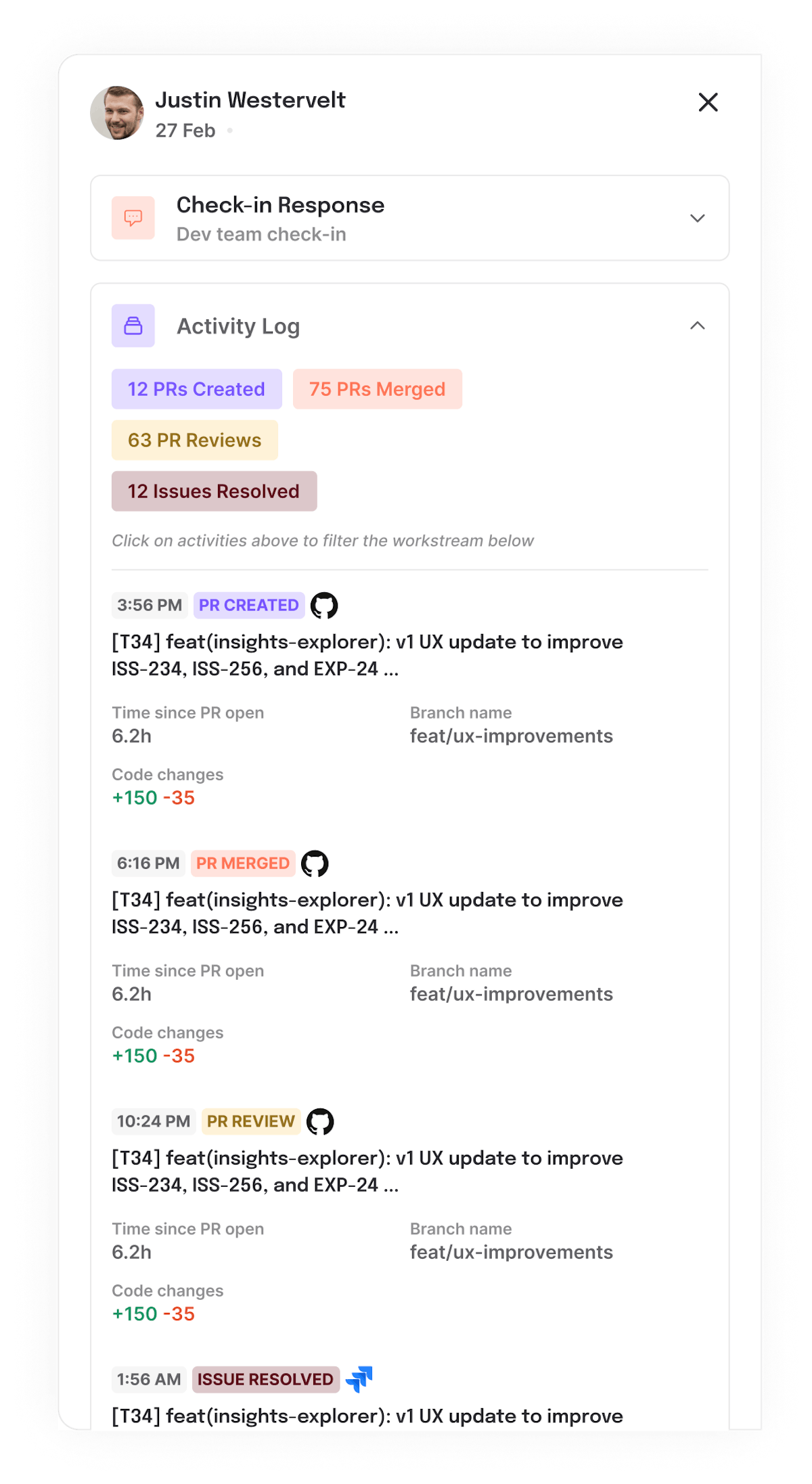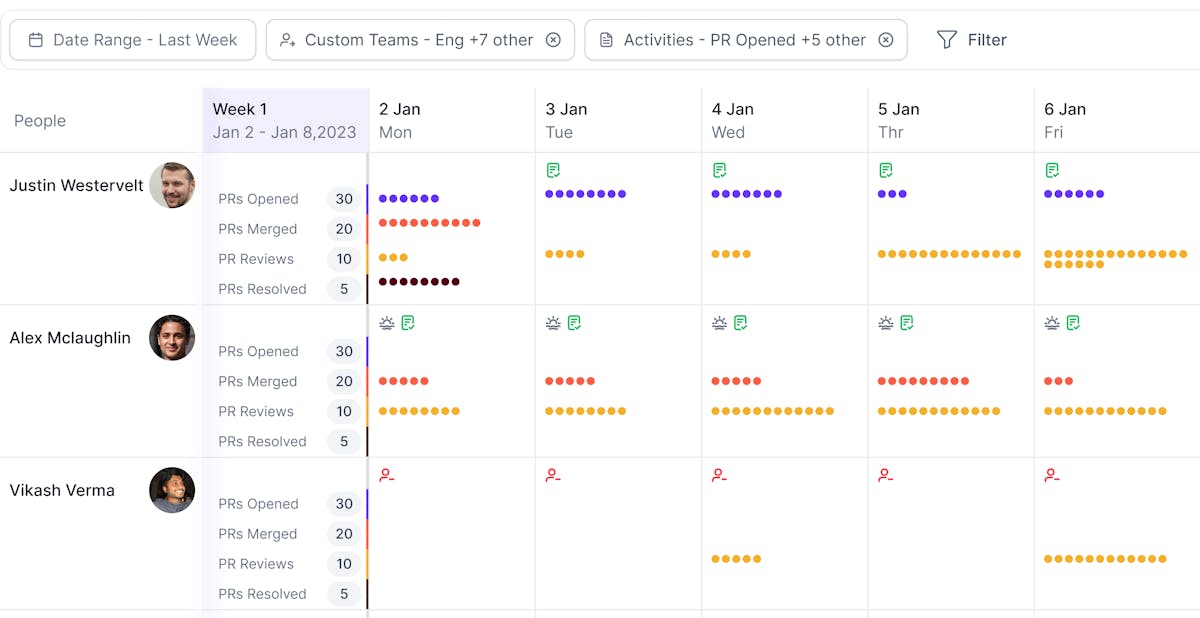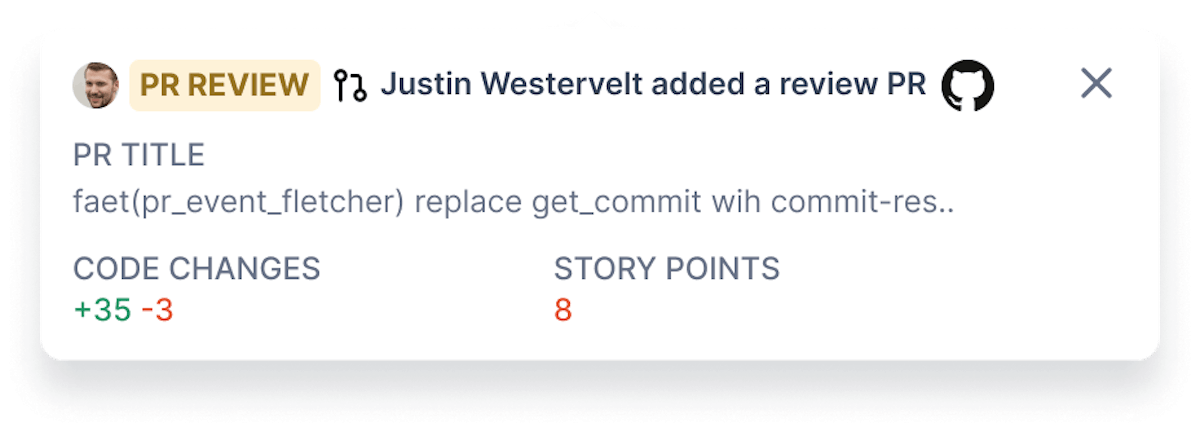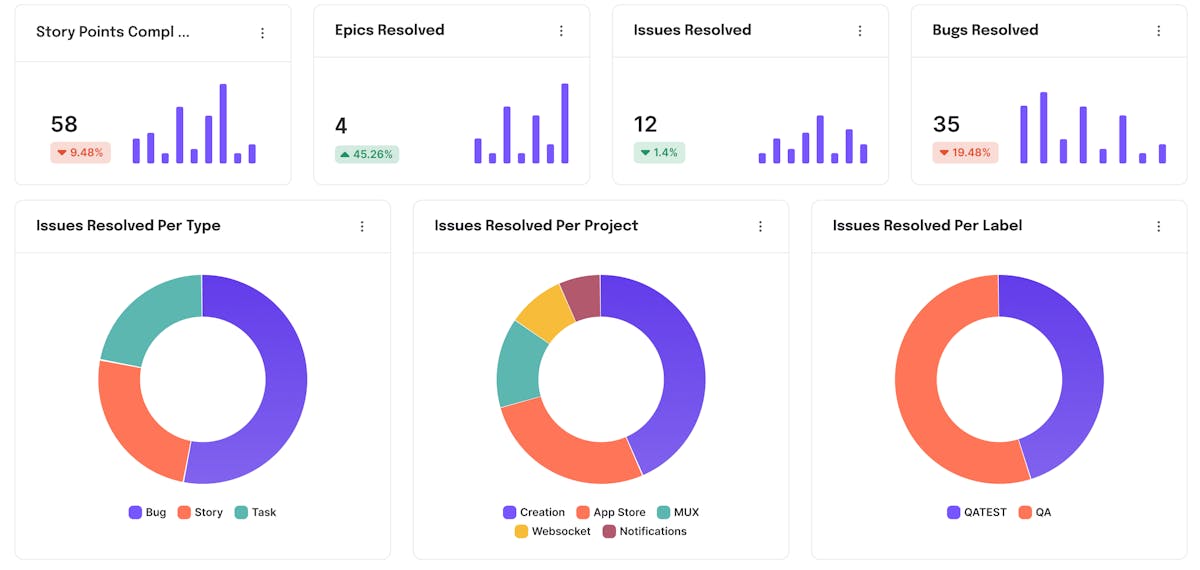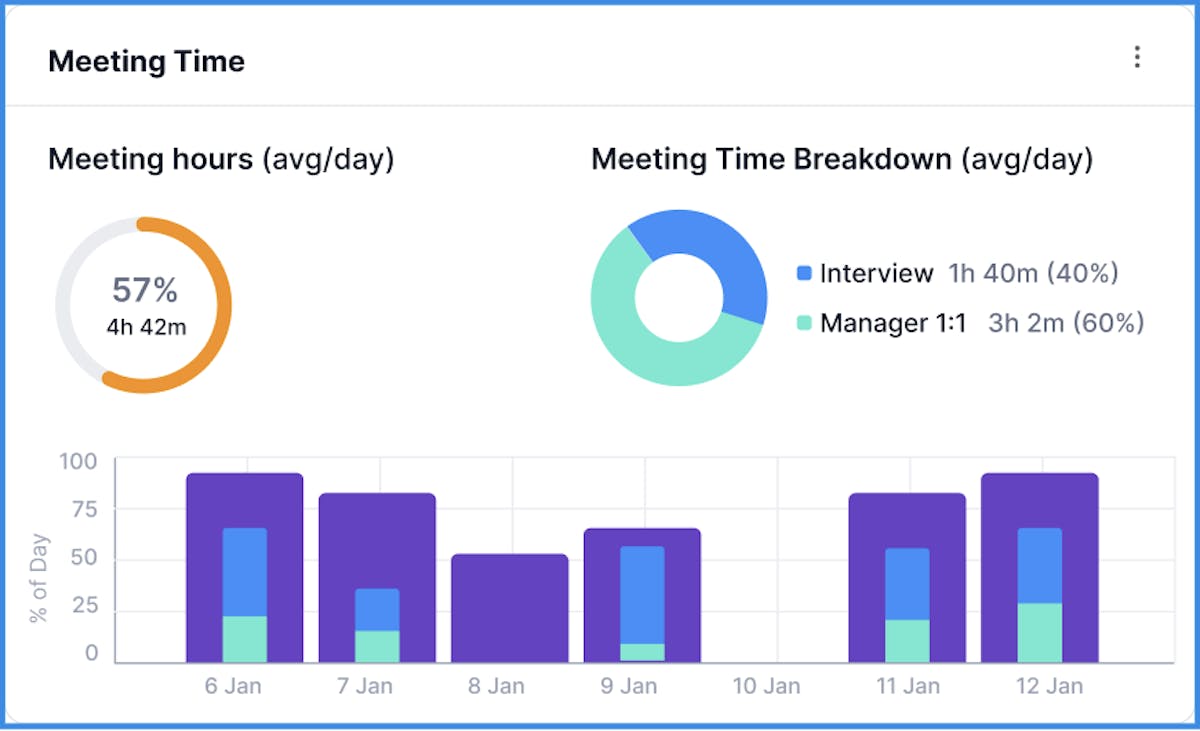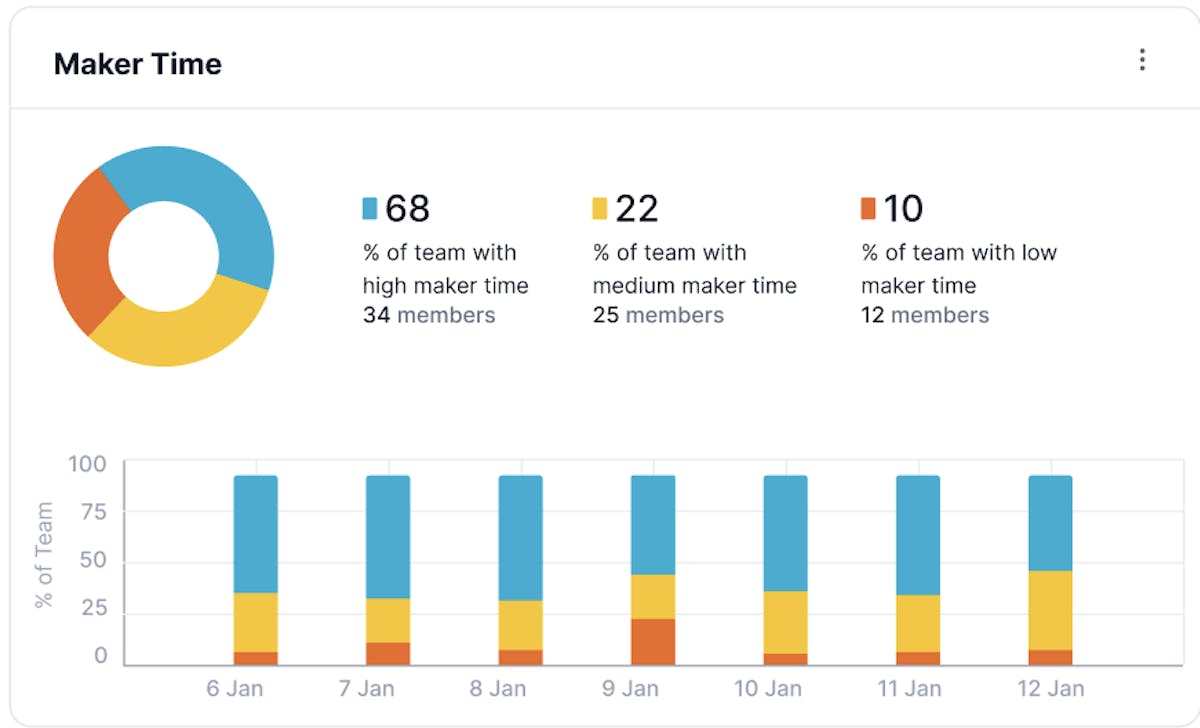As engineering teams are moving between periods of aggressive demands, non-stop cycles of work, layoffs, and burnout spells, engineering leaders are now looking for new avenues to understand, and address the need to boost performance for their individual contributors and engineering teams.
This demands to build a culture of effective communication between engineering leaders and their respective teams to bridge any information gap, identify roadblocks, areas of improvement and anchor these communication to drive engineering excellence across the board.
1:1 meetings for engineering teams are one such tool widely recognized for their ability to combat employee turnover and drive team engagement. These unfiltered, solicited conversations are known to put developers at the center of engineering work. They help engineering managers nurture a growth-oriented workplace culture, and even build a positive developer experience.
But here’s a catch. Despite being hailed as the “most useful meeting in tech,” a lot of engineering manhours are spent in trying to figure out the right way to run a 1:1.
As per an HBR survey, 50% of respondents rated their 1:1 experiences as overly suboptimal, with no clear agendas, action plans for improvement, or even conversations around workflow bottlenecks.
It is now time for engineering teams to realize the full value from 1:1 meetings, especially in quantifying developer work, and addressing team well-being challenges.
Read this insight to truly get the anatomy of an effective 1:1 meetings, how teams can leverage data-driven 1:1s to build trust, and recognize engineering work.
What are 1:1 Meetings & Why To Have Them With Your Direct Reports?
1:1s are periodic, mostly weekly meetings that engineering managers run with their ICs. These 30-45 min candid conversations are often deep-dives into developer throughput– to understand work progress, and blockers that might be limiting your direct reports in performing their best work.
In the grand & complex schema of all things engineering, 1:1s comes as a personalized space for both mentor, and their mentee to sit together, build rapport, and trust, while mapping their productive work output with overall software delivery.
Developers are complex employees– they come with diverse personalities, work styles, goals, ideas, and aspirations. Most of them come with imposter syndrome– meaning they cannot themselves translate, or market their work, efforts, challenges and breakdowns.
For them, 1:1 manager meetings come with a shared space to engage in honest conversations about their professional endeavors. And it could be anything, from painful or slower code reviews, to product-tech misalignment, meeting (over)load, workflow bottlenecks, growth at work, and even their personal goals, aspirations, and challenges.
While for engineering managers or tech leads, 1:1s are a chance to keep a check on engineering pulse, acknowledge development efforts of their direct reports and work towards driving team productivity with constant, empowering discussions, and coherent action plans.
However, 1:1 meetings still stay underrated, and underutilized.
The ground rhetoric of running 1:1s remains completely different, and even antagonizing to the DoE/EM-IC relationship.
Despite the good intentions, 1:1s have of late come out as a challenge for engineering managers, rather than a reliable tool to maintain team cohesion, and developer productivity, in their arsenal.
The Challenges in Running Effective 1:1s
- The #1 challenge to traditional 1:1s is lack of workflow visibility. Without having a 360 degree picture of what their devs are working on, or the bottlenecks they encounter; it can become a nightmare for EMs to acknowledge their developer’s contribution, ease their workload, or mentor them in their growth sprout.
- Another issue plaguing engineering 1:1s is missing out on actionable data to drive work plans. Your team data is a mine of insights; yet most managers find it hard to extract value out of it, thanks to the data sprawl, and consequential information silos.
- When managers and teams do not have data on the schedule, duration, or results of their 1:1 meetings, over time, they can lose the vision of the 1:1 itself. Consequently, managers wind up spending a lot of time sifting through their team’s work and processes to be able to understand how their developers are doing individually or to recognize problem areas like burnout risk. This often leads to delayed interventions and becomes harder for managers to help their teams.
- Remote 1:1s can quickly turn unproductive without a structured format, or agenda where both parties spend hours figuring out what’s next.
- At times, 1:1s are centered around updates, and project requirements; rather understanding who your developers are as a person, and their tryst, struggles, and challenges with work right now.
As engineering managers lack actionable insights into their developer workflow, what is supposed to be a transformative tool just becomes just another subjective assessment of an IC’s deliverables, capabilities, and blockers.
Without any contextual, and objective metrics in place, managers invest their scarce manhours in dissecting their team's work and workflows, all in a bid to grasp individual productivity, and pinpoint potential red flags like burnout risks.
It hinders EMs, or leads in senior positions from being the best mentors that they potentially intend to be, and even scale their teams effortlessly.
Despite good intentions, the 1:1 starts seeming like a burden more than anything.
Bring Actionable Data Into Your Conversations–Take Your 1:1 Meetings To Next Level
1:1 meetings are a one-way ticket for engineering managers to build emphatic relationships with their direct reports. So, how to make them more intentional, and powerful?
Our find - Bring contextual data, and adopt metric-driven engineering practices.
Stitching actionable data into your 1:1s can help teams decipher work visibility, recognition for due accomplishments, and retention, and validate development efforts, without going into subjective assessment, and futile time & performance forms.
And that’s where Hatica’s engineering management platform kicks in - to run powerful data-driven 1:1s, and have more fruitful bottom-up conversations.
Hatica’s metric-driven approach can make your 1:1s more intentional, and less boring, and even fun, if done right 💡
Here’s a rundown of how we help engineering teams make the most of their 1:1s:
1. Single Source of Truth To Drive Engineering Impact
Once you welcome your dev to the 1:1, start your meeting by hovering over to developer summary dashboard, and get a single pane view of all your IC’s engineering activities- from meeting time to coding hours, their PR status, and incident load.


